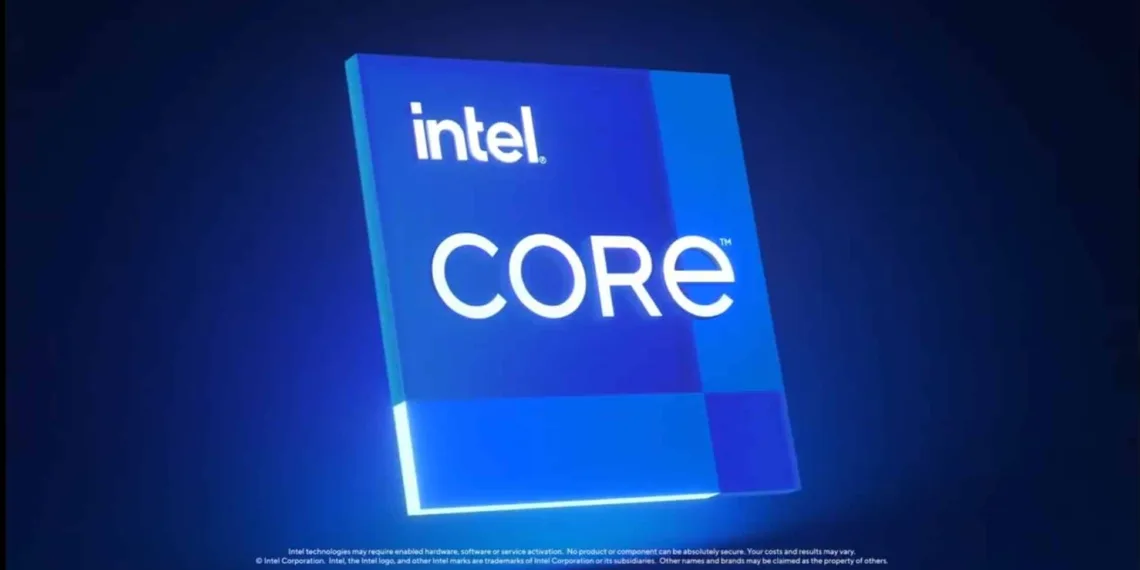About ten years ago, Intel had a sudden urge to enter into the market of emerging technologies such as wearables, AR/VR applications, smartphones/tablets, and smart cameras for robotics. This was to increase the growth of the company and earn dominance in the emerging markets. However, that was a disaster and Intel failed to even make a mark in the market.
Few of the company’s newly established businesses were a success, so intel decided to pull the plug on most businesses like smartphones, wearables, AR/VR, and some others. Now, it’s time for intel to say goodbye to its RealSense camera and computer vision business.
Intel announced that it has planned to concentrate on the company’s core businesses, such as developing and selling CPUs and SoCs for servers and client Pcs. The company decided to shut down its RealSense smart camera and computer vision business.
“We are winding down our RealSense business and transitioning our computer vision talent, technology and products to focus on advancing innovative technologies that better support our core businesses and IDM 2.0 strategy. We will continue to meet our commitments to our current customers and are working with our employees and customers to ensure a smooth transition.”
The RealSense business unit of Intel was established in 2014 ~ 2015 and through it the company aimed at developing computer vision technologies for a wide range of applications, from PCs to robots. This branch of Intel managed to develop a pretty wide range of RealSense-branded products which included stereoscopic cameras, RGB cameras, a LiDAR, vision processor ASICs, and some other units.
Perhaps, RealSense was the one side business in which Intel invested wholeheartedly in enabling hardware and software, and always being true to itself while a remaining family of niche products aimed at emerging developers of applications that need computer vision.
Since the RealSense division is now closed it remains to be seen as to how the technologies developed by Intel for its RealSense products will be used. Perhaps, it can use some of the IP for its MobileEye division that develops self-driving cars and advanced driver-assistance systems (ADAS).








